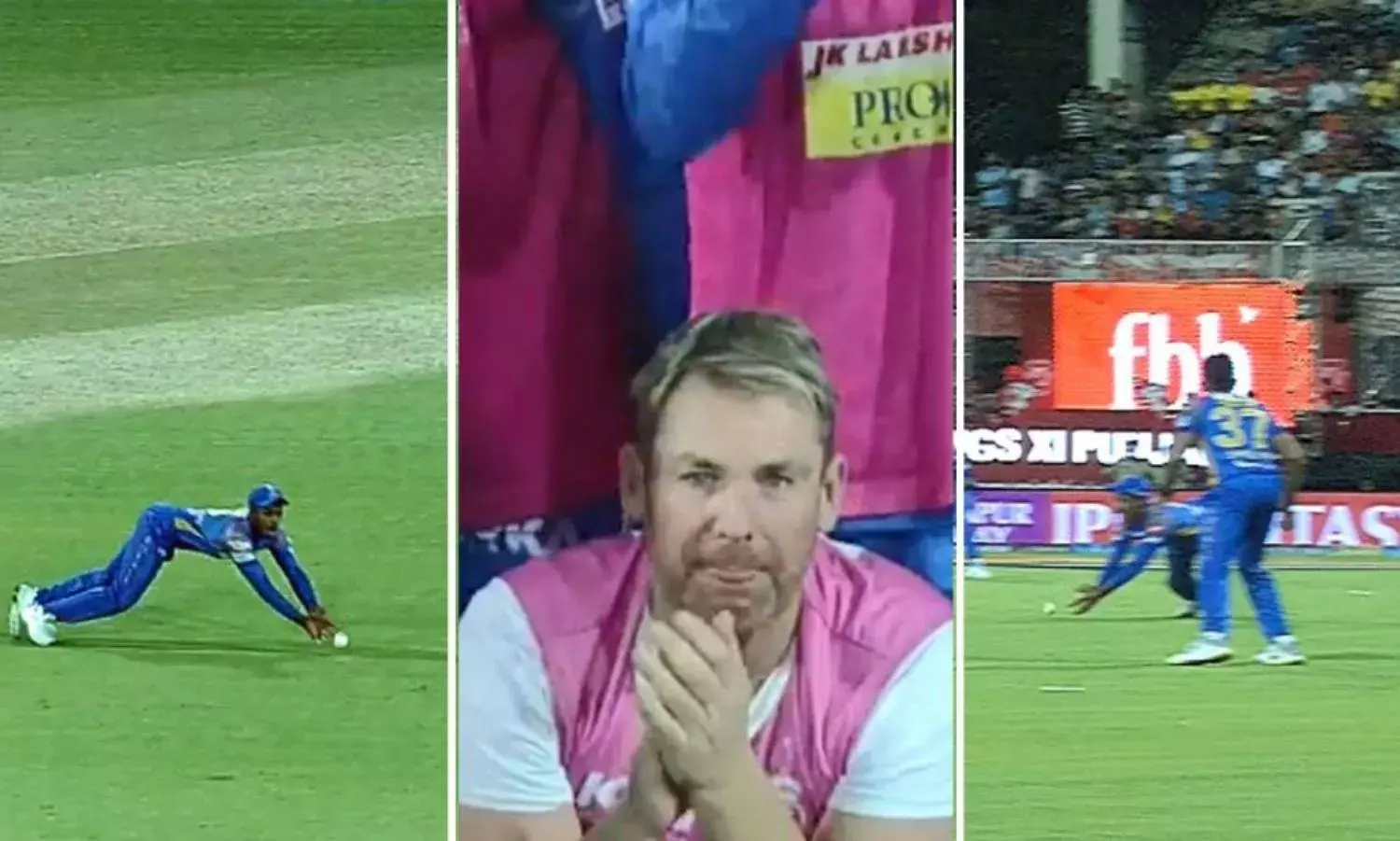Soft-Signal By Umpires: Yes or No
Life difficult for umpires
The reason why the game of cricket, even after a more than 140-year journey, still derives a massive worldwide attention and following, lies in its ability to reinvent itself while keeping pace with time.
It has undergone countless transitions since its international inception at the turn of the last quarter of the 19th century. The advent of technology has probably been the biggest game-defining change that it has welcomed into its ever-increasing fold. While the technology has enhanced the viewing experience, it has made life difficult for umpires who are under a constant scrutiny for their every decision.
Technology, such as replays, ultra-edge, hotspot, stump mic etc., was introduced to improve the decision-making but there still remains a manual aspect of the decision-making process which sometimes gains the upper hand over all the state-of-the-art technology that is available for the process. The aspect that we are discussing here is the practice of giving a ‘soft signal’ by the on-field umpires in case of controversial catches.
What is a Soft Signal?
It is an intuitive decision (usually out or not-out) given by an on-field umpire before referring the decision to the third umpire. It comes into picture in case of controversial catches and the TV umpire has to find enough conclusive evidence in the TV replays to overturn the on-field call, failing to do so results in the prevailing of the on-field ‘soft-signal’.
Why are we talking about it now?
The debate on the soft-signal came up at least twice in the on-going edition of IPL where there were divided views on its relevance. The first instance came in the first face-off between Rajasthan Royals and Kings XI Punjab where Sanju Samson took a blinder of a catch (or no-catch that’s the debate) at point, off the willow of KL Rahul but the umpires gave their soft-signal as not-out while the Rajasthan outfit was confident that it was taken cleanly. The third umpire took a long time but couldn’t find conclusive evidence to decide whether it was taken cleanly or not and eventually the soft-signal prevailed, giving a reprieve to Rahul who was on 41 at that point in time and went on to score 84* to win the game for his team.
The second instance came in the First Qualifier between Chennai Super Kings and Sunrisers Hyderabad where Deepak Chahar’s catch was taken by a diving Carlos Braithwaite at long-on. After the catch was taken, Braithwaite himself wasn’t sure about the legality of the catch still the on-field call was ‘out’ which eventually prevailed due to lack of clear evidence in TV replays to overturn it.
Views in favor of the Soft-Signal
The main reason why the soft-signal was introduced to judge the catches was that the images by a two-dimensional camera and the technological foreshortening often resulted in suspicions even over the catches that were taken cleanly in view of the on-field umpires which resulted in too many batsmen escaping the axe by getting the decision as ‘not-out’.
According to the former international umpire, Simon Taufel, the soft-signal helps in decisions being made on the cricket field and not leaving everything for the technology to decide. He believes that it is the duty of the on-field umpire to make decisions and answer the appeals and he cannot simply refer everything to the TV umpire, bypassing his role in the decision-making process.
Another argument that can be extended in favor is that it helps to solve the confusion of the TV umpire, which can arise if the TV replays are not conclusive enough, who in that case goes with the gut feeling of the on-field umpires who give the soft-call on the basis of their perception of what might have happened. If the TV umpire can conclude a decision after watching the replays then he will take his independent call as is normally the case with the decisions referred to him.
Views against the Soft-Signal
The biggest contention against the decision-making through the soft-signals is that Umpires usually take into consideration the reaction of players before taking a call. This view was resonated by the former Australian captain Steve Smith, who was miffed at his dismissal in a similar manner in an ODI match against England earlier this January. “We’ve seen a few this summer that have been pretty similar (talking about the catch) and if the fielder goes up and actually celebrates they usually get given out and if you’re a bit apprehensive of what’s happened they normally get given not out,’’ said Smith while assessing the process.
The umpires in the above two mentioned IPL matches clearly went away from this assessment of Smith as they gave not out when Rajasthan celebrated while giving out when Braithwaite was unsure about his catch being clean. The ‘out’ signal in Braithwaite’s case is especially baffling and raises an important question of how can the umpires clearly see, within a space of seconds, what exactly has transpired almost 60-yards away from them while a TV umpire, who is unsure even after watching the closest of the replays, is not able to take a final call? If these decisions were made on gut feelings (which they probably were) of the umpires then this practice surely needs to be done away with as Rajasthan lost the match because of this and Chennai was pushed on to the brink of defeat with such a call.
What can ICC do?
ICC, on its part, can initiate a thorough review of this process with discussions from stakeholders of the game in all parts of the world. It should also put it as a matter of discussions in its high-level meetings as it’s about time we get to see a clear action from the controlling authority over the nuisance that this soft-signal has become.





